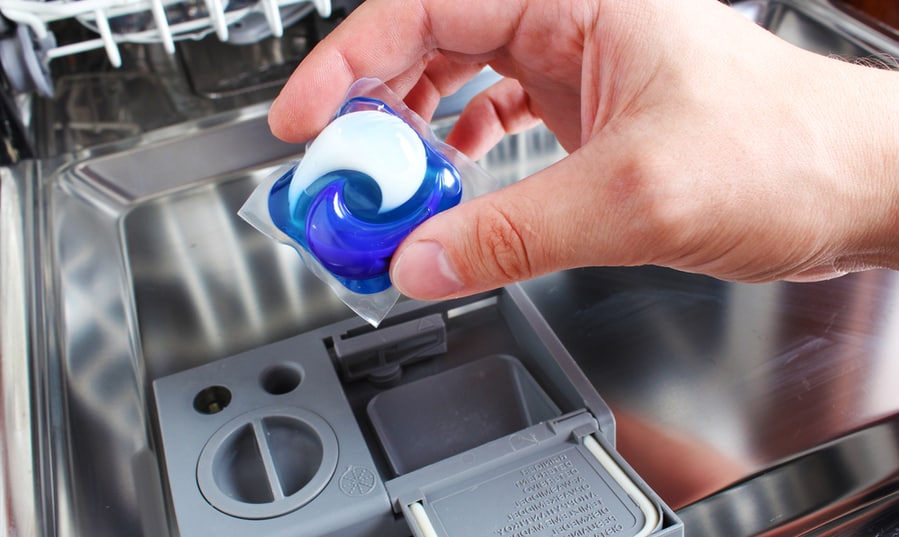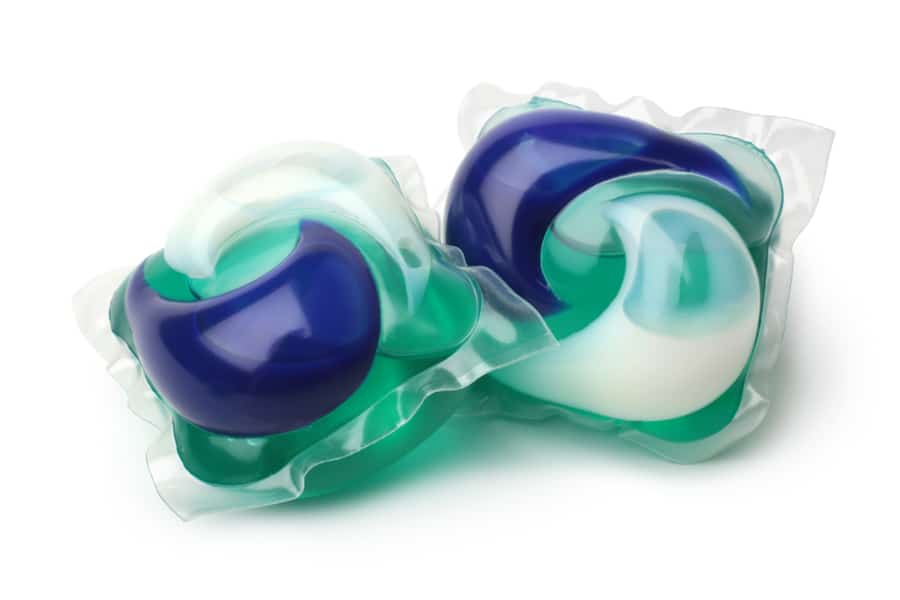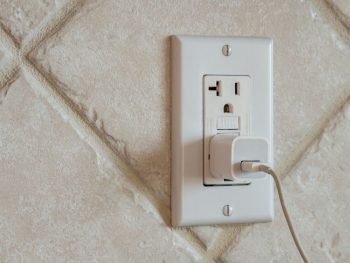
Dishwasher pods make measuring just how much cleaning product you need easy. With these pre-measured pods, you reduce your waste and guarantee an efficient wash cycle that’s clean and free from product residue.
However, if you’re new to dishwasher pods, you might feel a little confused about how exactly you should use them. So to set you off in the right direction, here’s a quick guide.
- Dishwasher pods use gel detergent concentrate in a dissolving film capsule.
- To use a pod, place one in your dishwasher’s detergent compartment and run a cycle as you normally do.
- Pods produce less residue and make measuring detergent easier.
Interestingly, dishwasher pods have been around since the early 1960s, and they’ve only recently caught on as a dishwashing staple.
Promising to simplify washing your dishes, these pods contain pre-measured amounts of cleaning product in dissolving pod casings.
How To Use Dishwasher Pods
1. Take One Pod

Each dishwasher pod contains a concentrated cleaning solution. Because it doesn’t use the same often diluted formula that other gels and powders use, a single pod is enough to clean all of the items you place in a single cleaning cycle.
Remember, though, that dishwasher pods are encased in a dissolving film. Upon contact with water, the fill will start to melt away. So if you’re handling dishwasher pods, ensure your hands are dry.
2. Place the Pod in the Washer’s Detergent Compartment

Although tossing the pod straight into the dishwasher along with all your pots, pans, and plates might seem fine, placing the pod in the designated detergent compartment is still necessary.
If the pod goes straight into the washer, it could dissolve at the wrong time and reduce the efficiency of the cycle.
3. Start the Cycle

With a dishwasher pod, you can use the same settings you always do. Set your dishwasher to your desired specifics and start the cycle.
You should use warm water for the cycle so that the film enclosing the pod melts uniformly.
Are Dishwasher Pods Better?

This depends on what you define as ‘better.’ In terms of efficiency and waste management, dishwasher pods take the cake.
With these intuitive pods, there’s no need to guess or estimate how much detergent your dishwasher needs. Instead, pop a single pod into the compartment and start the wash. It also streamlines the process of getting your dishwasher started.
The downside, of course, is that dishwasher pods cost more than standard gels or powders. And according to experts, powder detergent might work better to prevent white residue stains from hard water.
So if you live in an area with a particularly hard water supply, you might find that powder works better to achieve cleaner dishes.
Takeaway
Dishwasher pods also reduce residual suds, allowing you to save on detergent products. Although dishwasher pods might seem futuristic, the whole process of using them is much simpler than the standard powder or gel.
Simply placing one pod in your dishwasher’s detergent compartment and running the cycle should let you reap the benefits of this convenient dishwashing staple.
Frequently Asked Questions
Are Pods Better Than Liquid?
In a way, they can be. The ultimate benefit of dishwasher pods is that you never have to measure how much you need to use them.
With liquid dishwasher detergent, there’s always the risk of putting in more than you need. When this happens, you produce more suds and foam that your dishwasher might be unable to rinse off completely.
Do Pods Damage a Dishwasher?
No, dishwasher pods cannot damage your dishwasher. But it pays to remember that although they’re designed to produce less foam and suds, dishwasher pods can still cause detergent build-up.
So although they could prolong the need for deep cleaning, the time will come when you’ll still have to cleanse your dishwasher despite long-term pod use.












